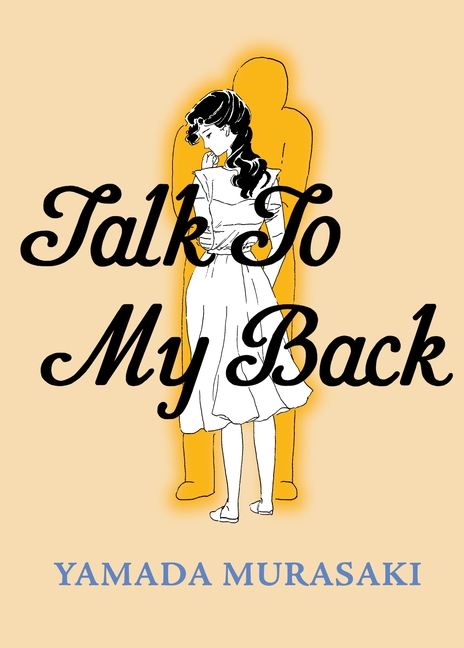These stories could be called lighthearted, but they are not trifles. The humor is quiet, the melancholy overwhelming. Domestic abuse is alluded to, but not depicted - perhaps because for Yamada, who had fled an abusive husband to resume the manga career he had interrupted, this would have been too painful to portray at the time ... Yamada's minimalist compositions are reminiscent of the pleasantly loose line and abstract screentone shading techniques of her more popular, smuttier josei contemporaries like Okazaki Kyōko, but with a greater emphasis on negative space and small gestures ... amada’s housewife reminds us that a better future is possible, that even under the crushing weight of patriarchy, capital, everything that makes people casually inhuman to one another, a woman’s small hope just to be herself resounds and will always be beautiful - beautiful enough to love.
Read Full Review >>

